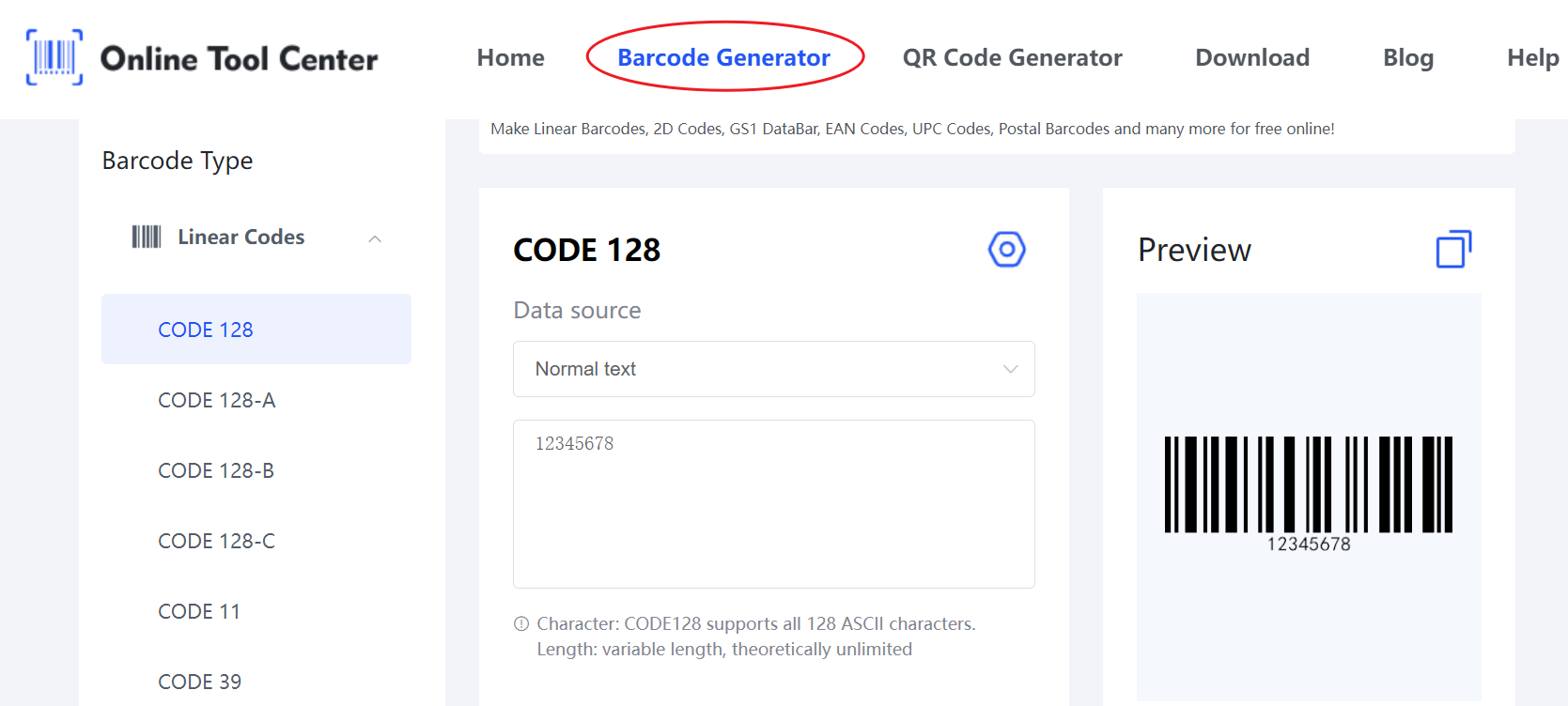In the modern business environment, effective asset management is a critical factor for operational success. Barcode asset tracking offers a streamlined, efficient solution to manage assets, ensuring accuracy, reducing errors, and saving valuable time.
This guide discover the intricacies of barcode asset tracking, exploring its benefits, implementation strategies, and applications.
What is Barcode Asset Tracking?
Barcode asset tracking involves using barcodes to label and manage assets within an organization. Each asset receives a unique barcode, which can be scanned using barcode readers or mobile devices equipped with barcode scanning capabilities.
This technology allows for real-time updates and easy retrieval of asset information, revolutionizing asset management.
The Benefits of Barcode Asset Tracking
1. Enhanced Accuracy and Efficiency
Asset tracking with barcodes significantly enhances accuracy by minimizing human errors associated with manual data entry. According to a study by the Aberdeen Group, barcode systems can reduce errors by up to 90% compared to manual entry methods. Each scan provides precise information, ensuring that the data remains accurate and up-to-date.
2. Time-Saving
Barcode asset tracking drastically reduces the time spent on inventory management. Instead of manually logging asset information, employees can quickly scan barcodes, streamlining the process. For instance, a healthcare facility that implemented barcode tracking reduced inventory management time by 30%, allowing staff to focus more on patient care.
3. Cost-Effective
Implementing a barcode asset tracking software system can lead to significant cost savings. The reduction in errors and time spent on asset management translates to lower operational costs. While the initial investment in barcode technology is relatively low, the long-term savings and efficiency gains are substantial. A case study by RedBeam showed a 20% cost reduction in operational expenses after adopting barcode asset tracking.
4. Improved Asset Visibility
Barcode asset tracking enhances asset visibility, allowing managers to quickly locate assets, monitor their status, and ensure efficient use. Real-time updates enable better decision-making regarding asset utilization and maintenance, preventing asset loss and optimizing resource allocation.
How Barcode Asset Tracking Works
1. Assigning Barcodes to Assets
The first step in barcode asset tracking is assigning unique barcodes to each asset. Using a barcode generator, you can create barcodes that are printed and attached to assets.
It's crucial to ensure these barcodes are durable and resistant to the environments in which the assets are used, such as industrial or outdoor settings.

2. Scanning and Data Entry
Once barcodes are assigned, the next step is to scan them into the barcode asset tracking software.
This software maintains a database with information associated with each barcode, including asset location, status, and maintenance history.
When an asset is moved or updated, scanning its barcode ensures the database is automatically updated, maintaining data accuracy.
3. Reporting and Analysis
A key feature of barcode asset tracking software is its ability to generate detailed reports. These reports provide insights into asset utilization, maintenance needs, and overall performance.
By analyzing this data, organizations can make informed, data-driven decisions to optimize their asset management strategies.

Implementing Barcode Asset Tracking in Your Organization
1. Choosing the Right Barcode Asset Tracking Software
Selecting the appropriate barcode asset tracking software is critical for successful implementation. Look for software that is user-friendly, scalable, and integrates seamlessly with your existing systems.
Features like mobile compatibility, cloud storage, and real-time data updates can significantly enhance your asset management capabilities.
2. Training Employees
Proper training is essential to ensure employees are comfortable using the new system. Conduct comprehensive training sessions that cover scanning barcodes, updating asset information, and generating reports. Well-trained staff will maximize the system's benefits and ensure a smooth transition.
3. Regular Maintenance and Updates
Regular maintenance and updates of the barcode asset tracking system are vital for its continued effectiveness.
Periodically review the system to identify any issues or areas for improvement. Keeping both software and hardware up-to-date ensures the system operates efficiently and accurately.
Case Study: Successful Barcode Asset Tracking Implementation
Consider a mid-sized manufacturing company that struggled with inaccurate inventory records and frequent asset misplacements.
After implementing barcode asset tracking, they experienced a 50% reduction in inventory management errors and a 25% increase in operational efficiency. Real-time updates and detailed reports enabled them to optimize asset utilization and maintenance schedules, leading to significant cost savings and improved productivity.
All in all, to enhance your asset management process, consider implementing barcode asset tracking. Begin by exploring various barcode asset tracking software options to find one that meets your needs. This technology can lead to improved accuracy, efficiency, and cost savings for your organization.
For a seamless start, use a free barcode generator to create barcodes for your assets. Visit our generator to access a free barcode generator and start optimizing your asset management today.





